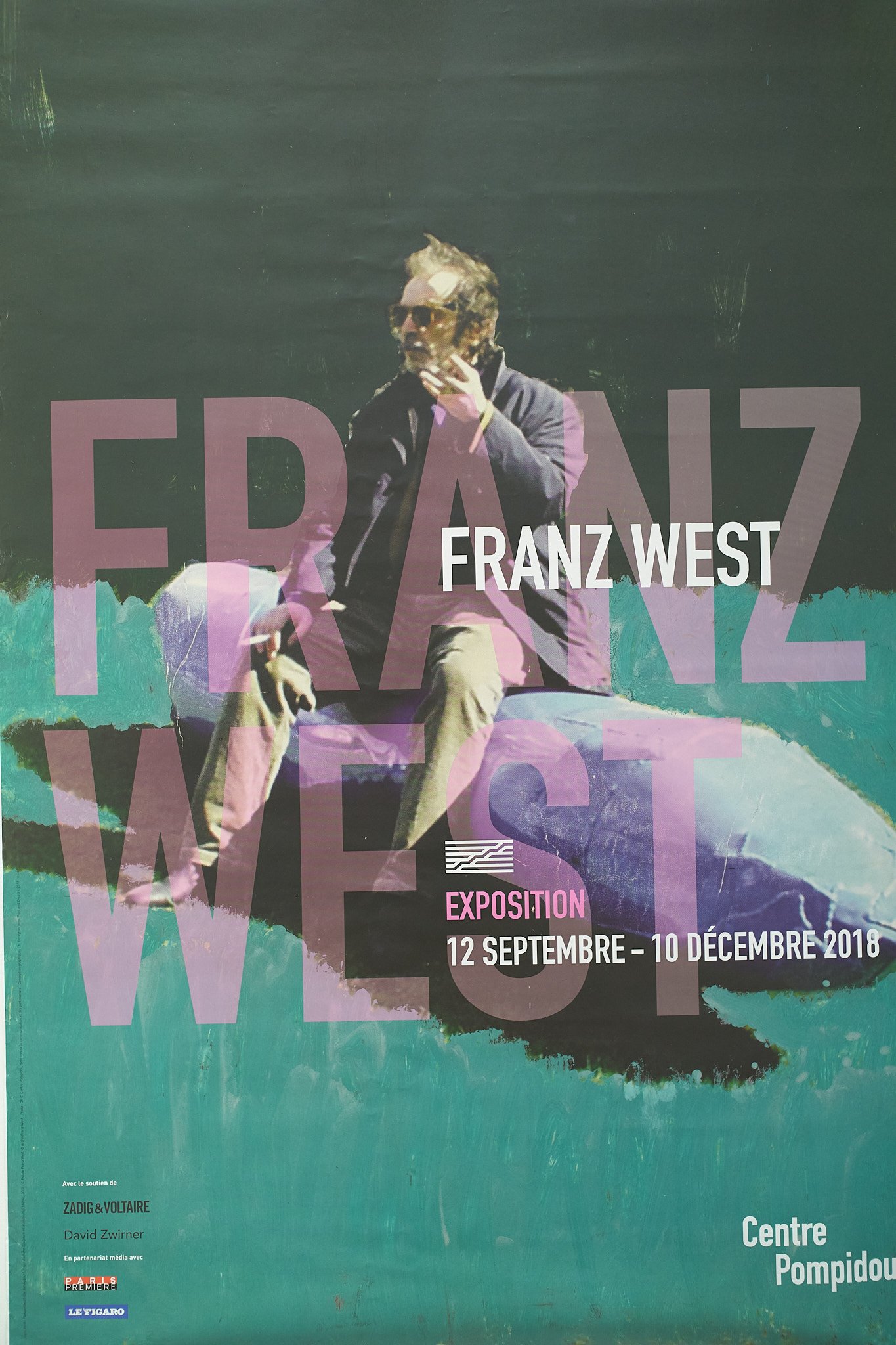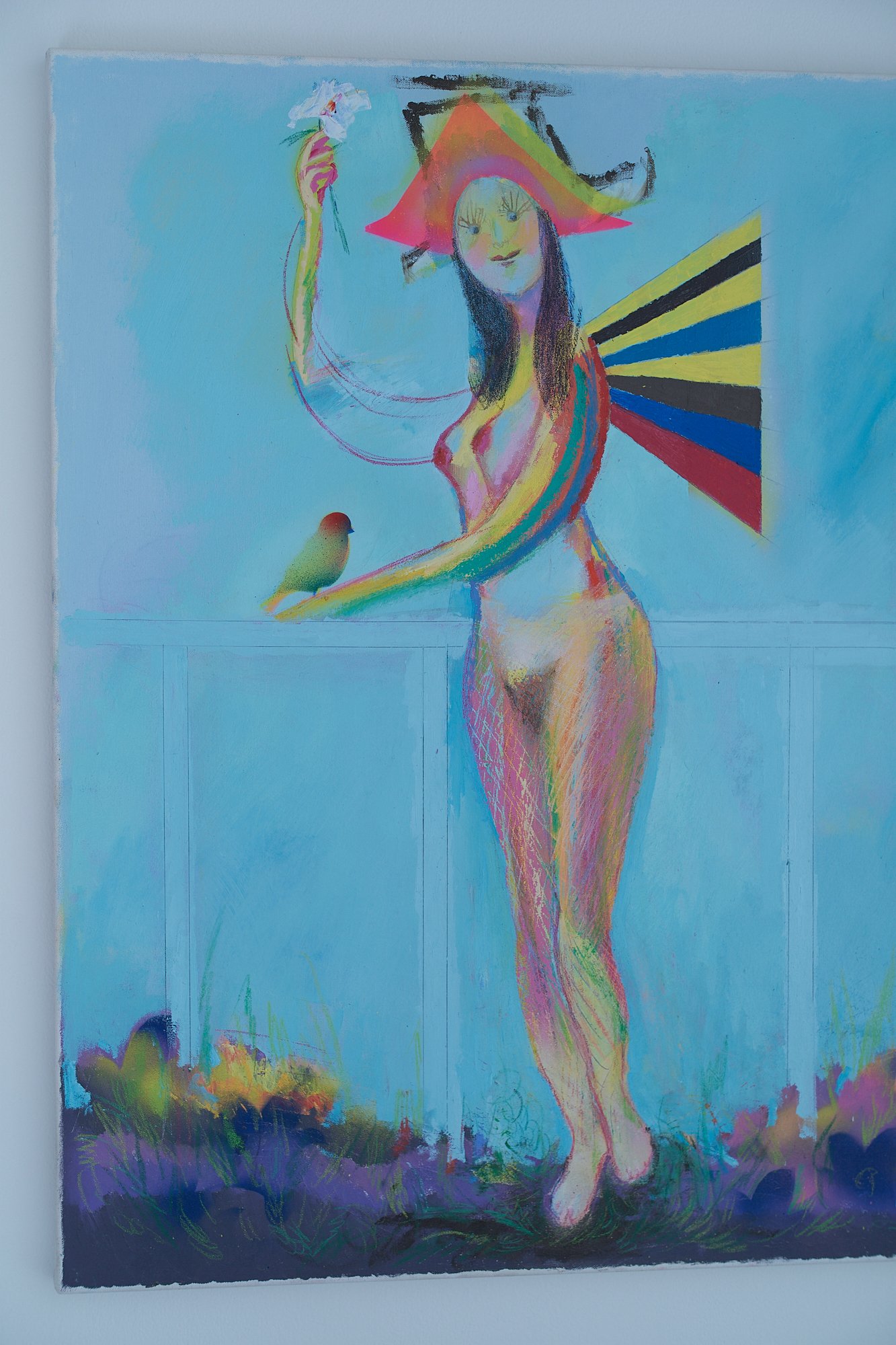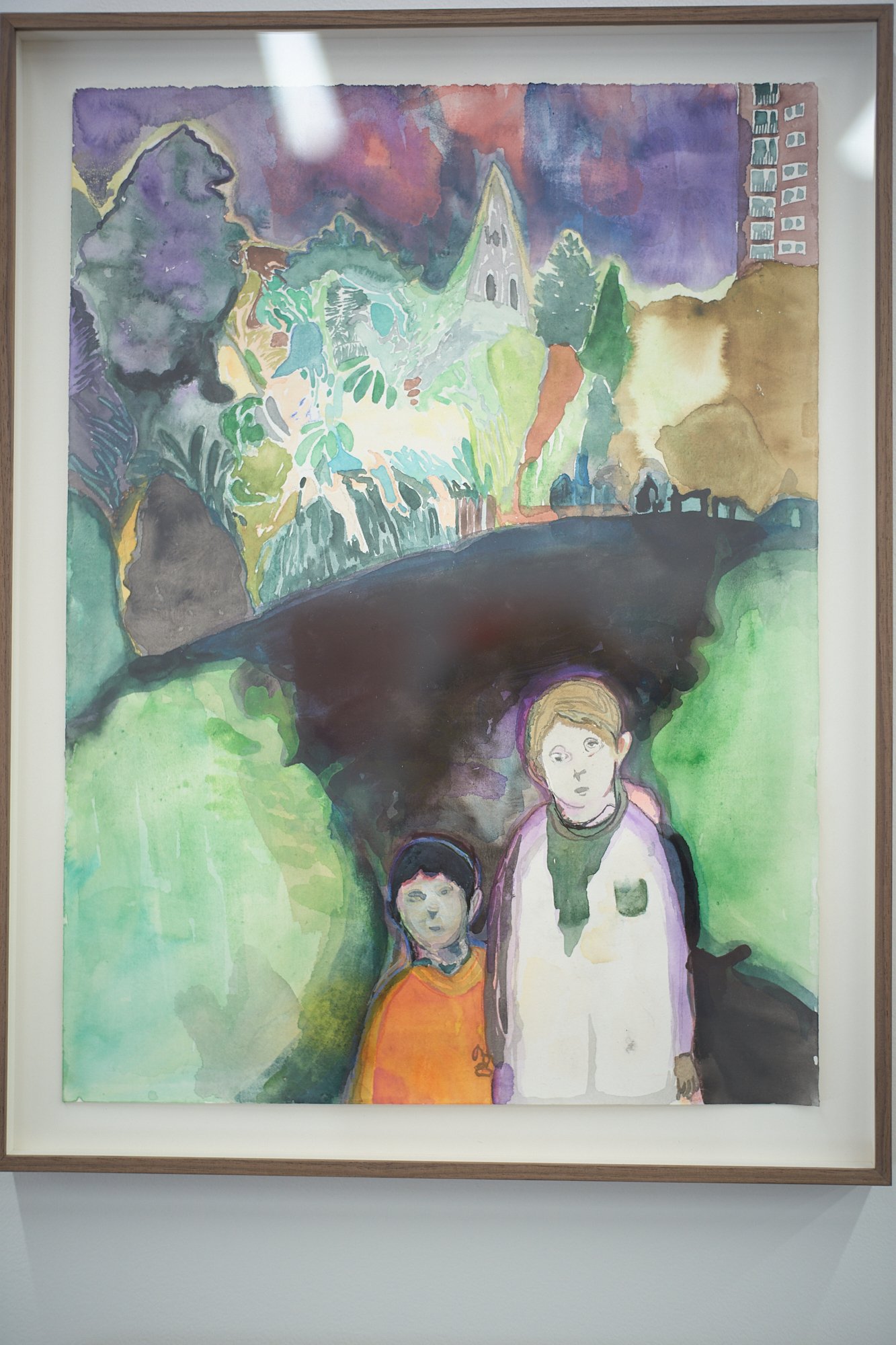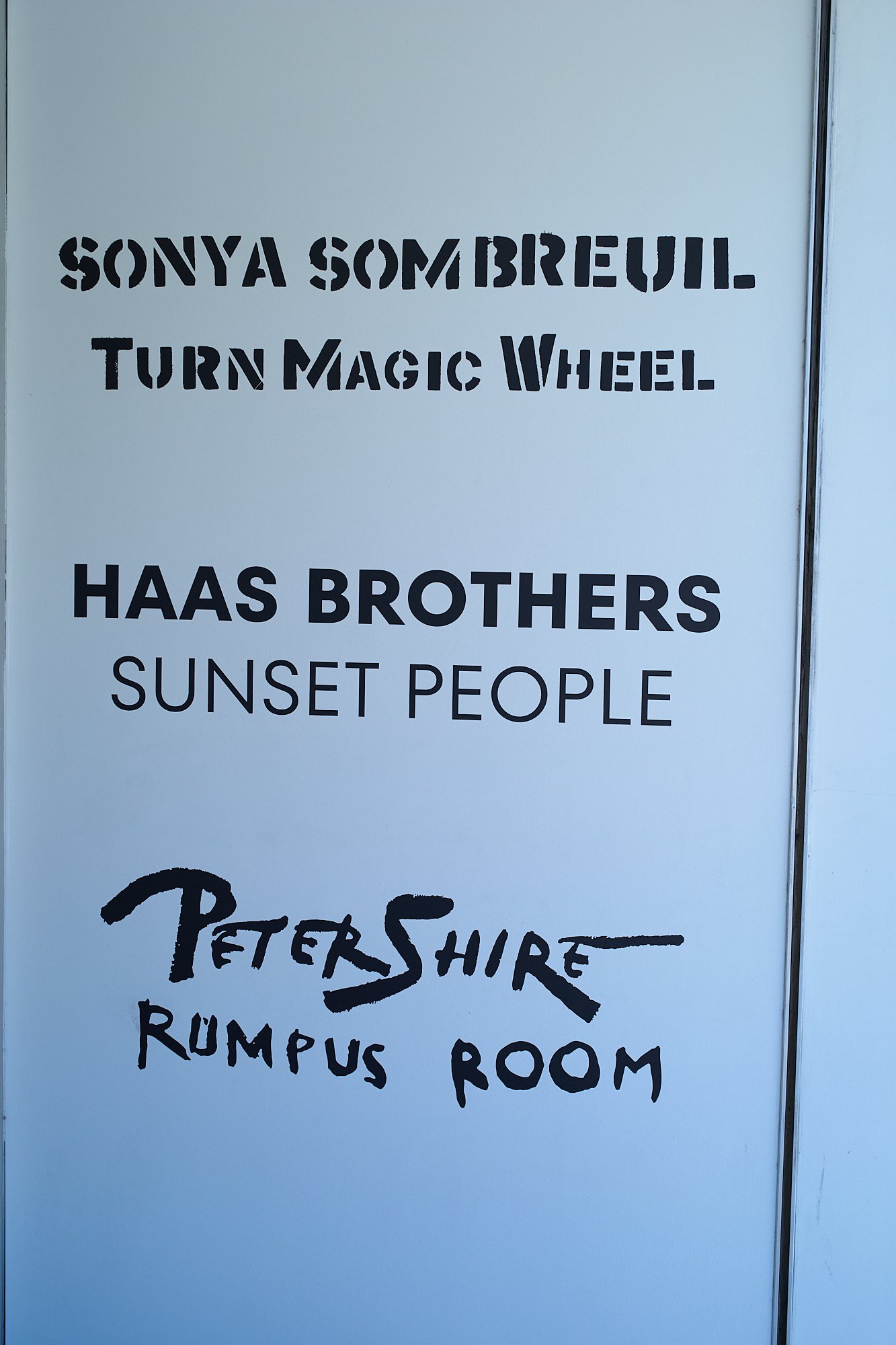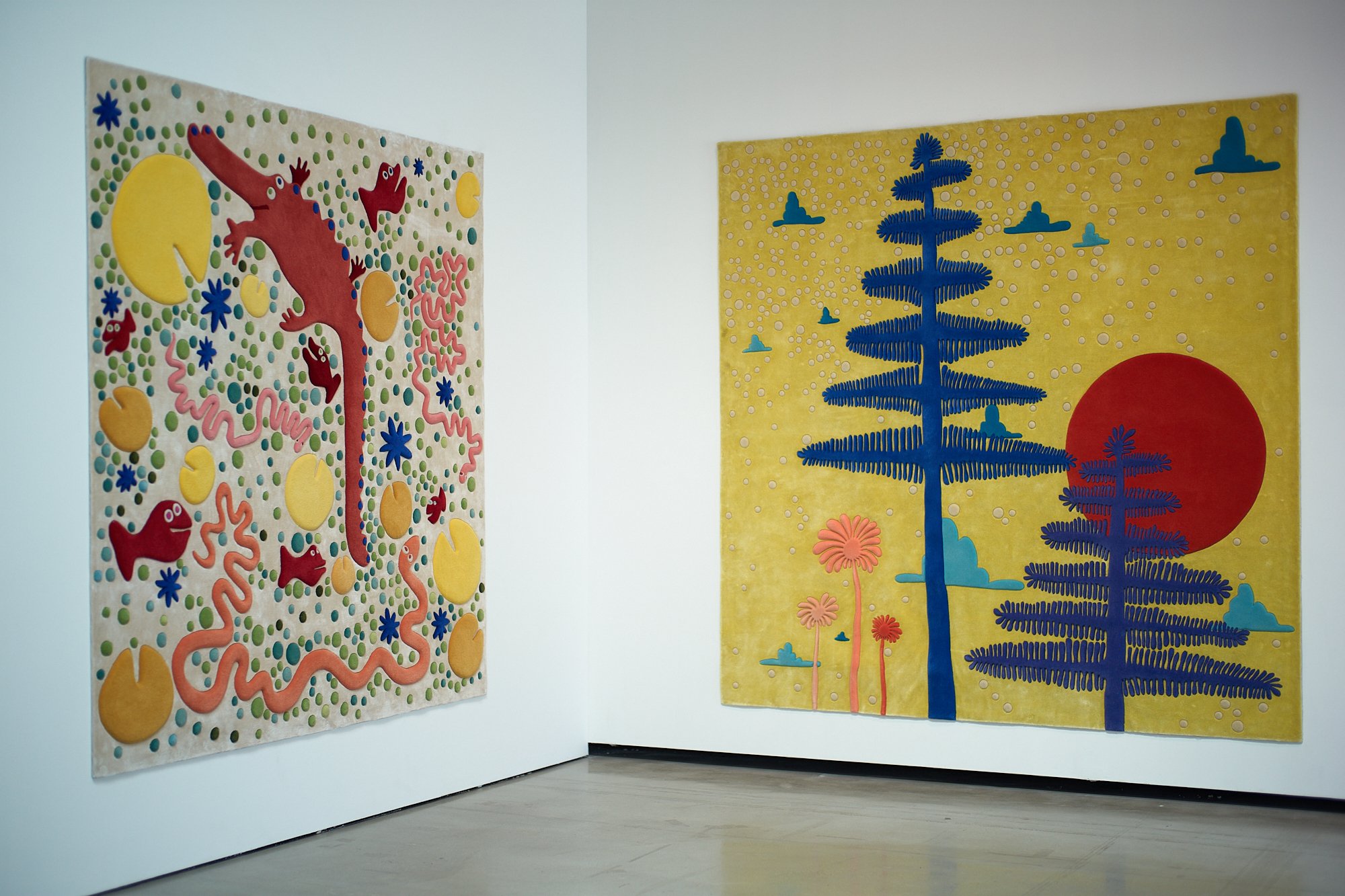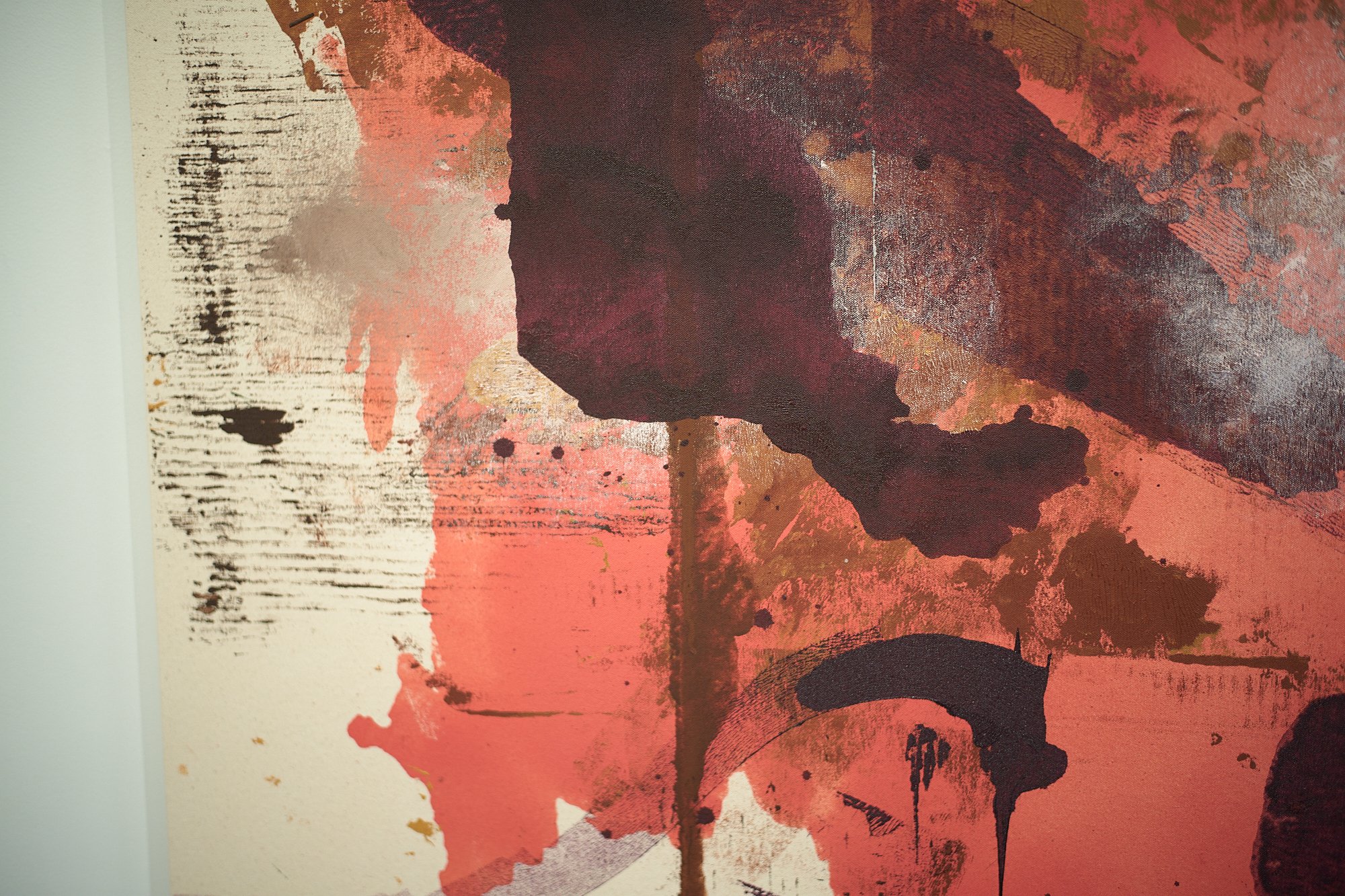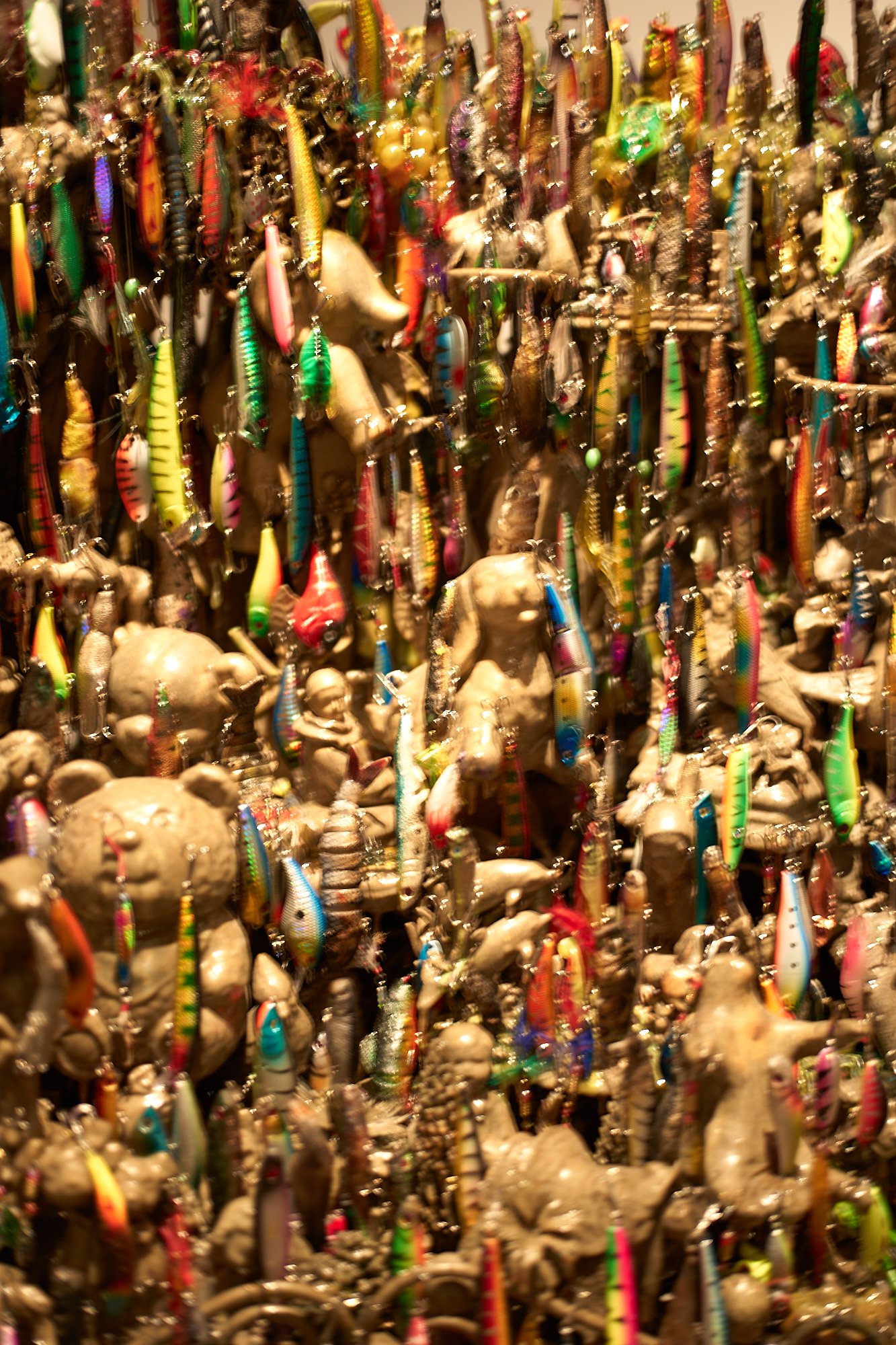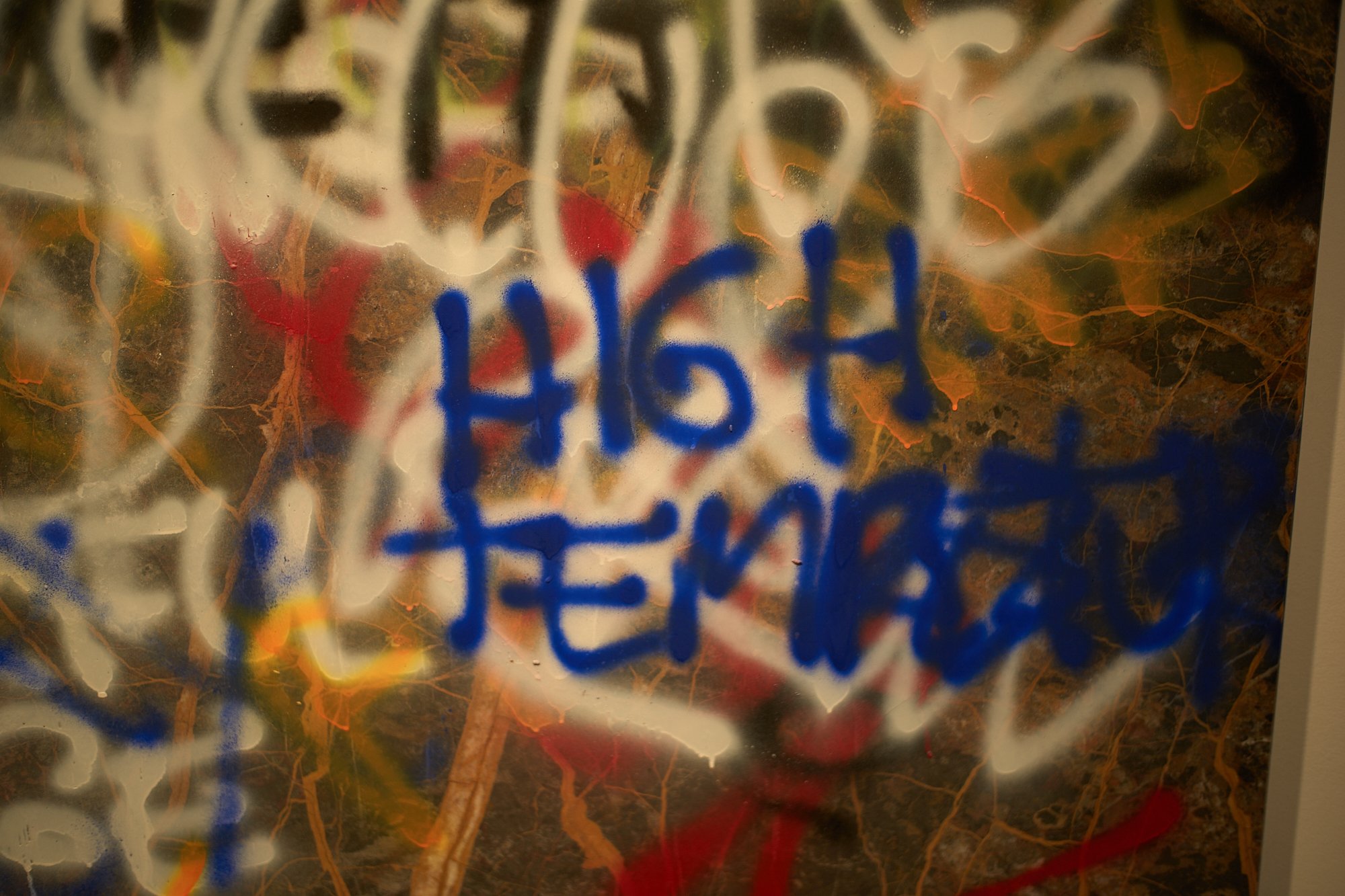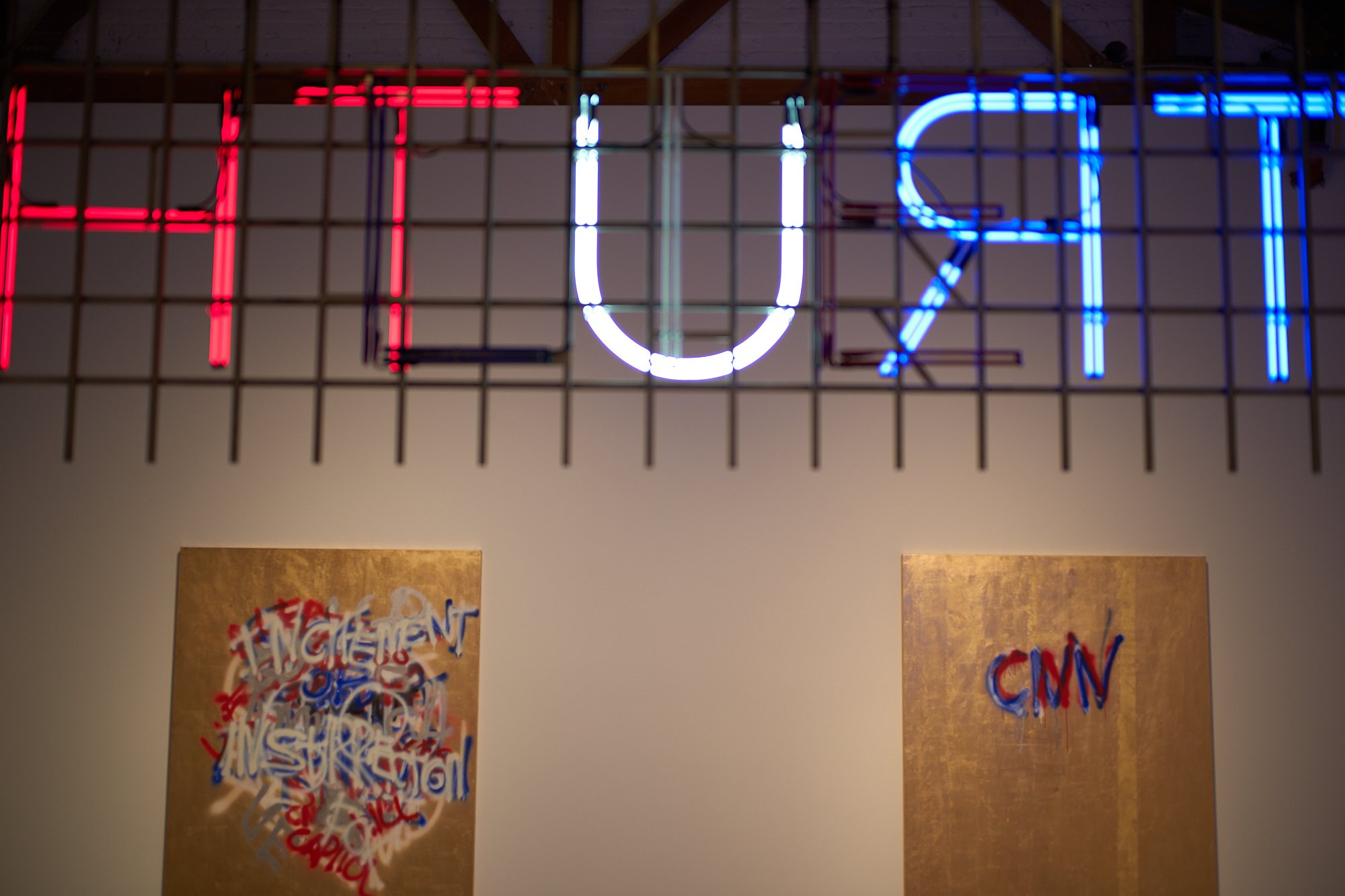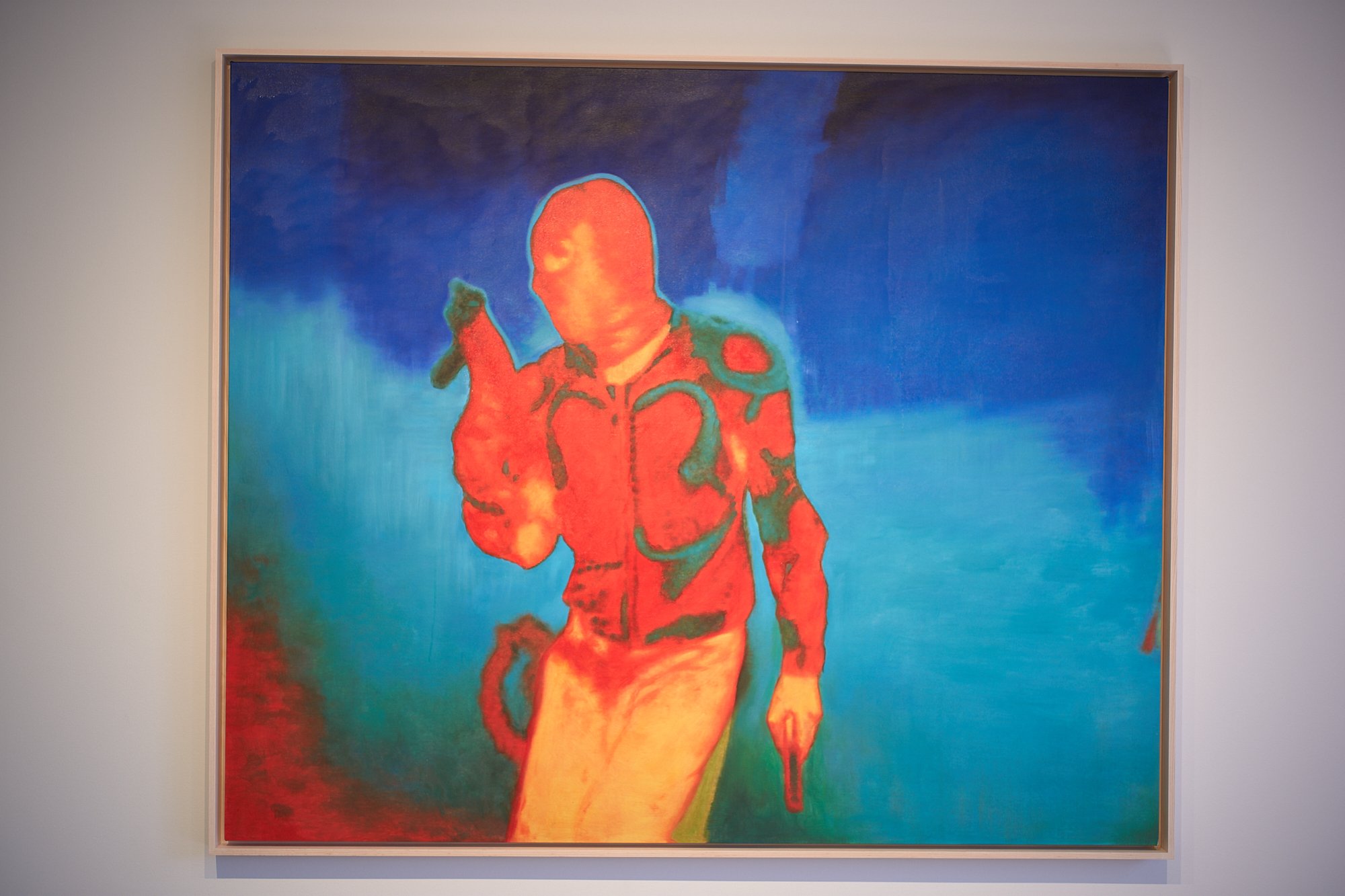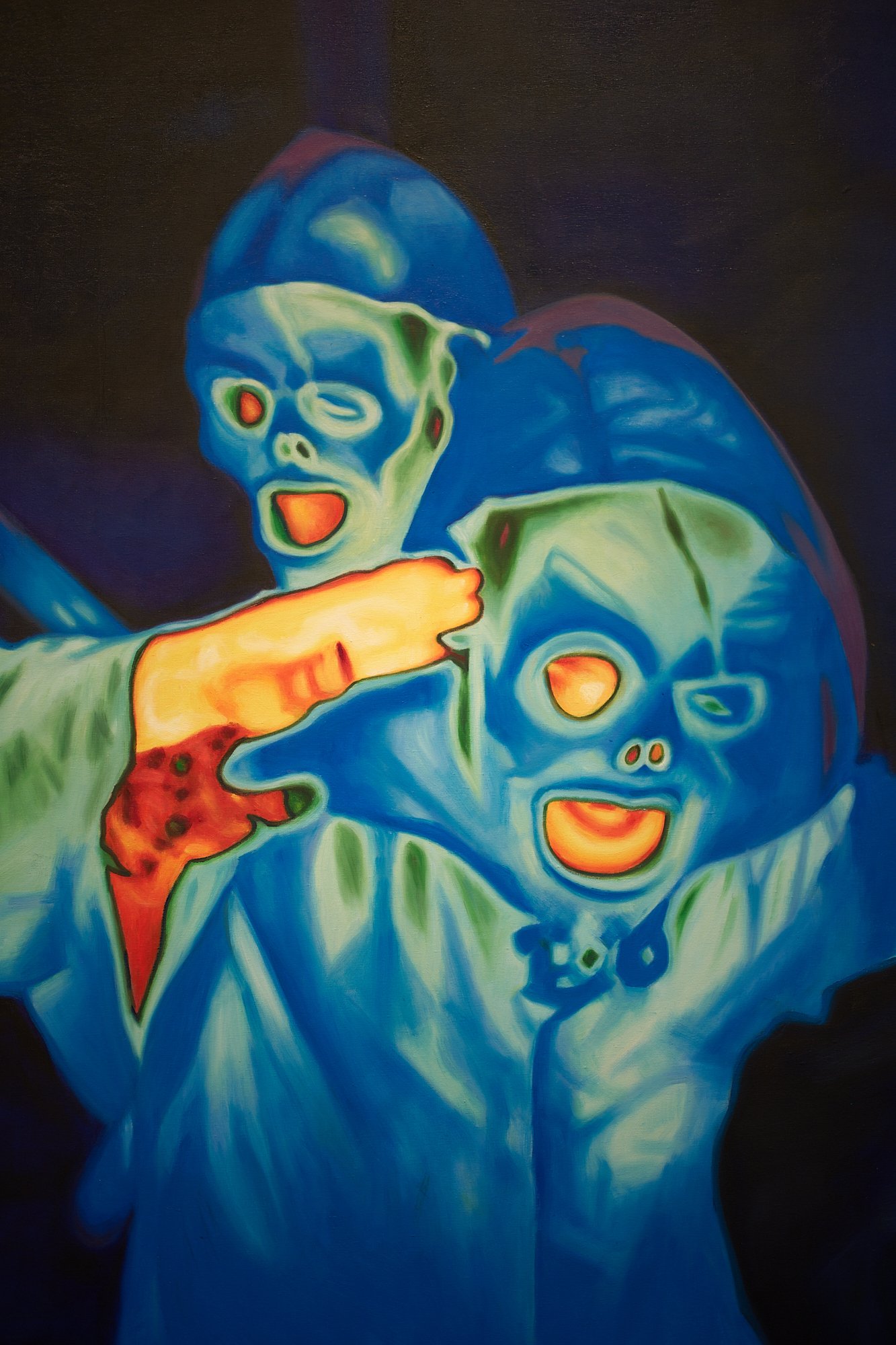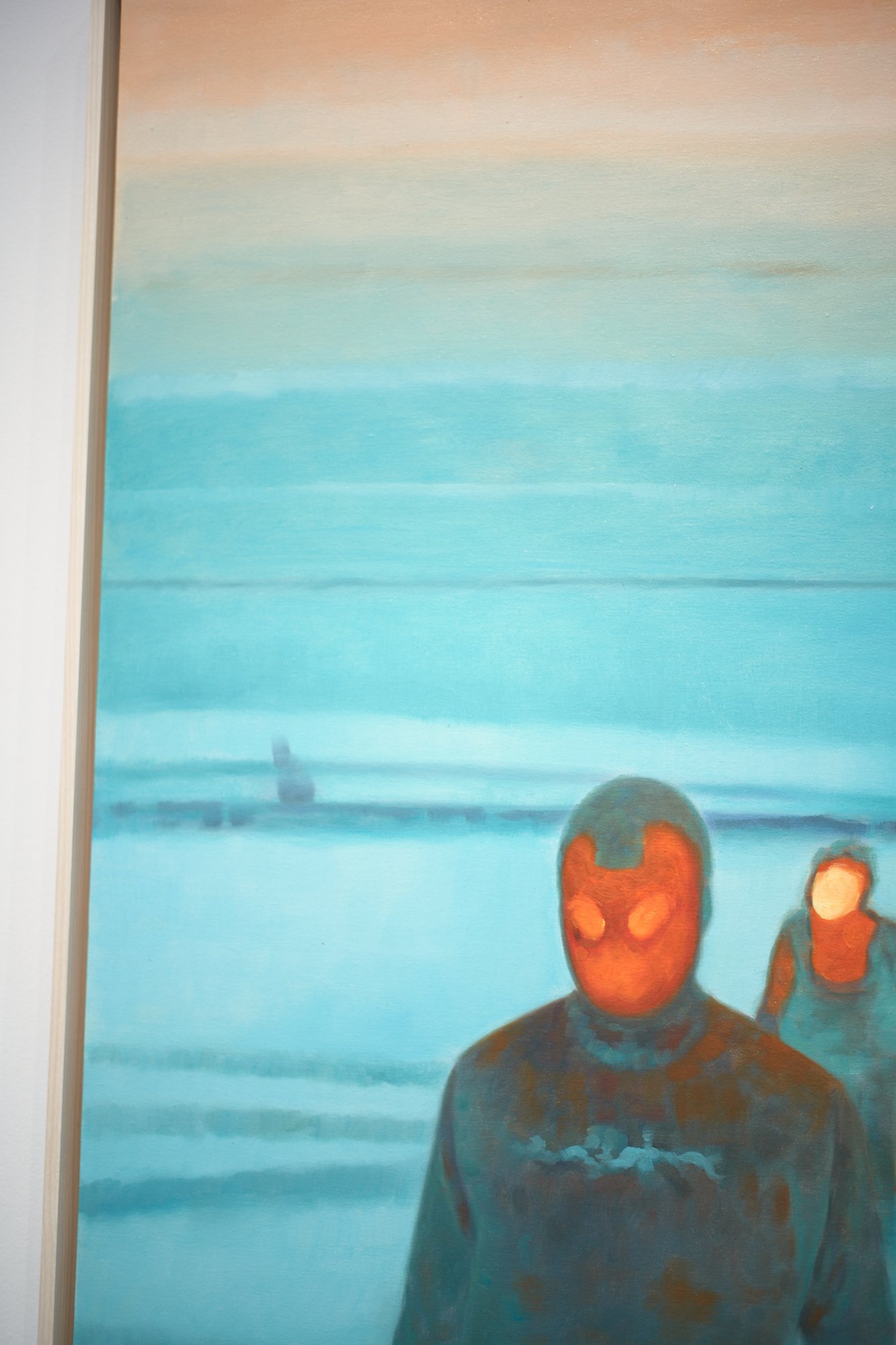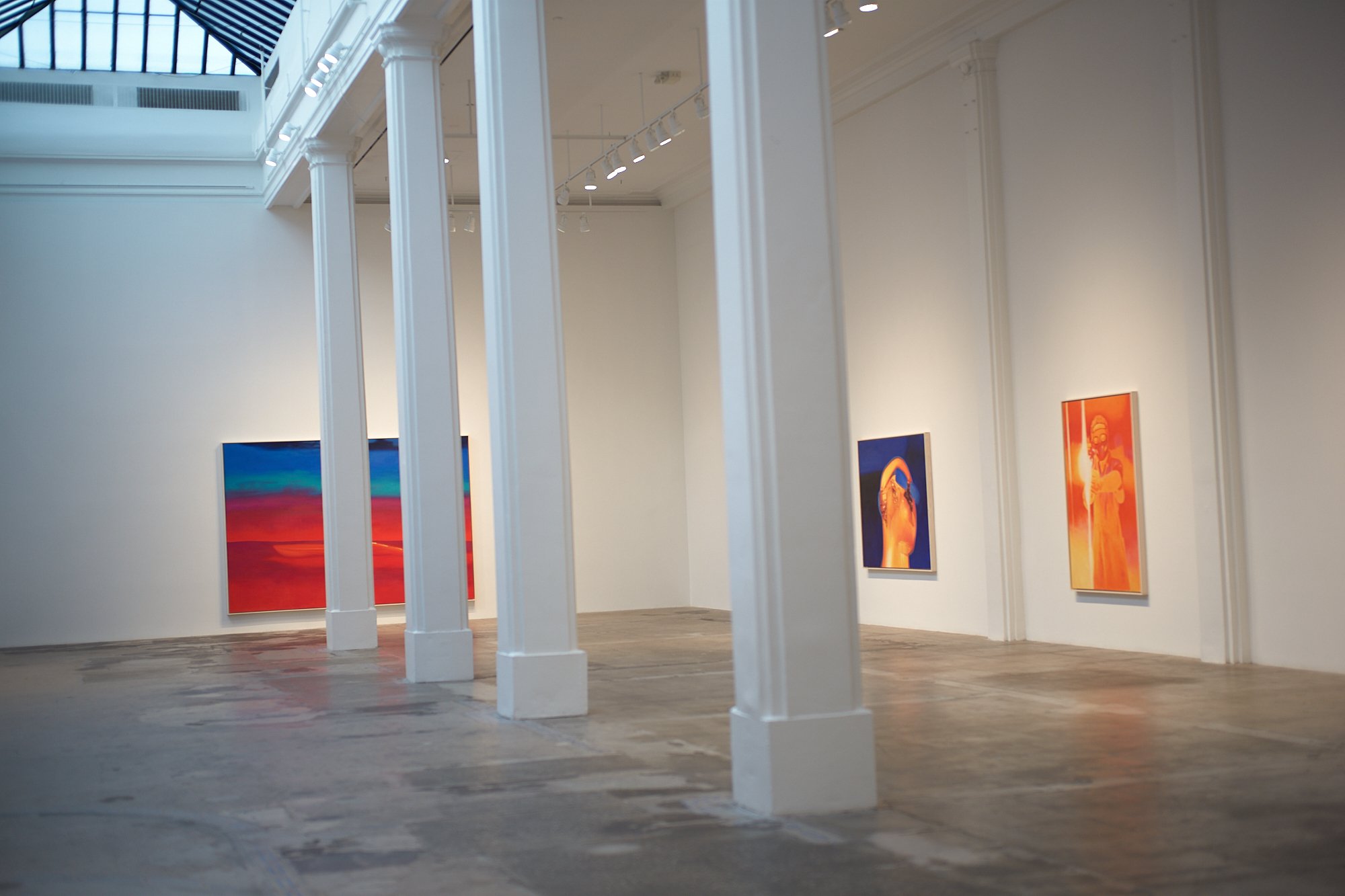
Das Rheingold - Wagner
Length: c. 150 minutes
Written: 1854
Librettist: Richard Wagner
First performance: September 22, 1869, National Theatre, Munich, Germany
Lesson: LOVER LETTER from us - Tutor: Olafur Eliasson
AKADEMIE X LESSONS IN ART + LIFE, lesson 8 - PHAIDON
…We don’t pronounce ahead of time what we think we need to know. After we do something we don’t say others should do that thing. We try to learn how to learn, so we learn where we have to go by going. We evaluate and critique ourselves along the way, and together, and always, and all ways. We invite other artists and practitioners to think and do with us. We believe in risking vulnerability and practicing in the robust discomfort of uncertainty. A shared vulnerability is important. We believe in getting out of our comfort one. We believe in an economy of effort. Of making an effort. In rejections that offer alternatives. We believe in thinking and doing, in the active imagination as an agent in the world, in shaping and being shaped by the world, in causing the world to wobble differently depending where we stand. We like the world wobbling differently.
School is not a place for a safe enclosure of lessons. School is an amplifier for the world. Lessons are not fixed ahead of time or they become rules. Dogmatic. Concrete. Belaboured. The syllabus is written after the course ends. The course is endless. The curriculum emerges out of the energy and relationships in the space and the world. It emerges out of the encounters in the world. It emerges out of the social contracts for how we negotiate and engage with each other in the world. It emerges out of questions and feelings, empathy, the politics of experimentation, perceptual awareness, the responsibility of taking risks and compassion.
A philosophy of care. It emerges out of the ecology of thoughts and ideas, being conscious that we are conscious and the felt feeling of being present. It emerges out of the question: how can art change the world?
Our school emerges out of questions of why: why make a specific artwork? Why do something one way and not the other? Why put a work in an institution? What relationships does a work empower? How does a work allow us to understand and feel the conditions and constraints through which systems squeeze the world into different forms, so that what works can touch the world? Finding our ‘whys’ helps us to prioritize content, helps us sharpen a precision with tools. Sharpening our tools helps us to collaborate with others and builds openness. Simply breathing can provide the material for a workshop. Simply breathing can be a lesson plan. Breath now. Take a deep breath. Simply breathing can help us feel an awareness of where we are and what we are doing. A pause. Break. Caesura. Everyone participating shapes the lesson, makes the lesson more, makes the lesson on.
Examples of thinking doing:
1) Go outside with the group. Walk backwards for fifteen minutes through the city. Note the change in speeds. Note what changes in who approaches.
.
4) With a group stand in a circle in public space. Laugh out loud for five minutes. If you have to, fake the laughter until you make it happen on its own.
.
11) As a group, walk very, very, very, very slowly for fifteen minutes in public. Very slowly. Like you are in slow motion. Like you are conscious of every bend and muscle. Like the air is a thick viscous plasma of breath. Feel your weight on the ground. Feel the ground pushing up against you. Feel your balance shift to imbalance. Cultivate that cusp of balance and control. Cultivate the carp out of it. Feel each part of the slow motion as it is distributed through your entire body. Don’t forget to breathe.
Gillian Wearing reflections
Glenn Ligon DOUBLE NEGATIVE
Franz West
Philip Guston
ALESSANDRO PESSOLI The Golden Hour
THUS SPOKE THE RABBIT Group presentation
Sonya Sombreuil, Come Tees: Turn Magic Wheel
Peter Shire: Rumpus Room
Haas Brothers: Sunset People
Fred Wilson: Dramatis Personae
Nov 4 – Dec 22, 2023
PACE, Los Angeles
The Ghosts of My Friends - Elizabeth Neel
NONMEMORY
CURATED BY JAY EZRA NAYSSAN
IN COLLABORATION WITH THE MIKE KELLEY FOUNDATION FOR THE ARTS
HAUSER & WIRTH, Downtown LA
15 SEPTEMBER 2023 – 14 JANUARY 2024
STEFAN BRÜGGEMANN - WHITE NOISE
Hauser & Wirth
15 SEPTEMBER 2023 – 14 JANUARY 2024
DOWNTOWN LOS ANGELES
AGGRESSIVE DR1FTER,’ American artist and filmmaker Harmony Korine
HARMONY KORINE
AGGRESSIVE DR1FTER
15 SEPTEMBER 2023 – 14 JANUARY 2024
Hauser & Wirth, Downtown LA
How to be an Artist, by Jerry Saltz, #32 Art as a Verb, Zettel 162
In the past two hundred years or so, art has been treated as something we look at in clean, white, well-lit galleries and museums. It’s been made to seem passive: another tourist attraction to take a picture in front of before your move on. For most of its entire history though, art has been active: something that does thing to, or for us, that makes things happen. Holy relics in churches all over the world are said to heal. -
The Story of Art, E.H. Gombrich, page 577, Zettel 161
Picasso himself denied that he was making experiments. He said he did not search, he found. He mocked at those who wanted to understand his art. ‘Everyone wants to understand art. Why not try to understand the song of a bird?’ Of course, he was right. No painting can be fully ‘explained’ in words. But words are sometimes useful pointers, they help to clear away misunderstandings and can give us at least an inkling of the situation in which the artist finds himself. I believe that the situation which led Picasso to his different ‘finds’ is very typical of twentieth-century art. -
The Story of Art, E.H. Gombrich, page 564, Zettel 160
What upset the public about Expressionist art was, perhaps, not so much the fact that nature had been distorted as that the result led away from beauty…But the men who claimed to be serious artists should forget that if they must change the appearance of things they should idealize them rather than make them ugly was strongly resented. But (Edvard) Munch might have retorted that a shout of anguish is not beautiful, and that it would be insincere to look only at the pleasing side of life. For the Expressionists felt so strongly about human suffering, poverty, violence and passion, that they were inclined to think that the insistence on harmony and beauty in art was only born out of a refusal to be honest. The art of the classical masters, of a Raphael or Correggio, seemed to them insincere and hypocritical. They wanted to face the stark facts of our existence and to express their compassion for the disinherited and the ugly. It became almost a point of honour with them to avoid anything which smelt of prettiness and polish, and to shock the ‘bougeois‘ out of his real or imagined complacency. -





































































